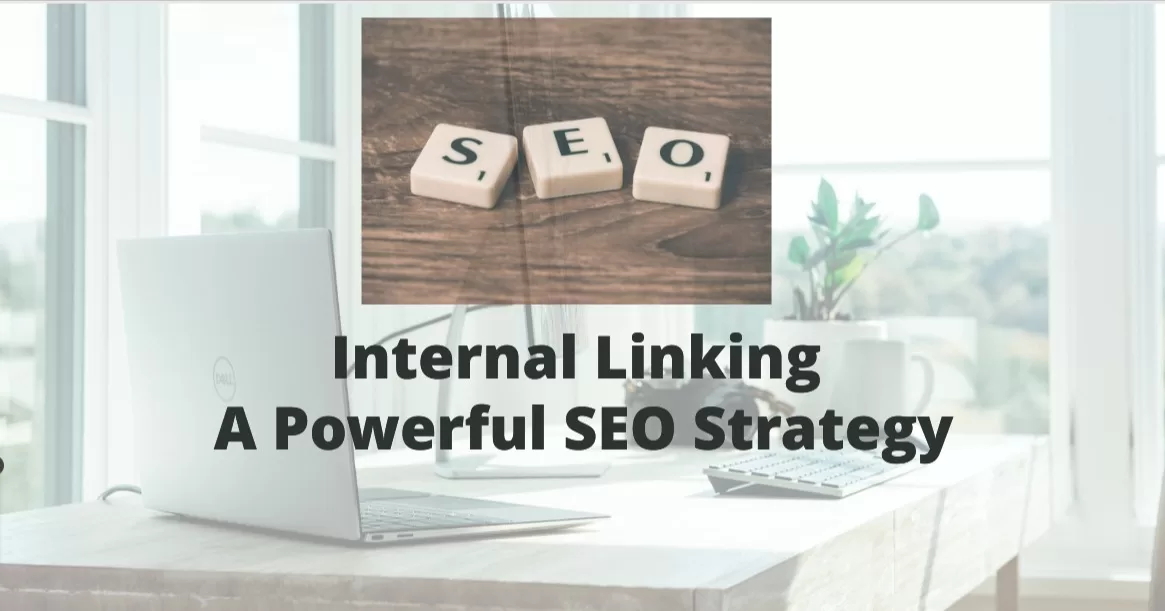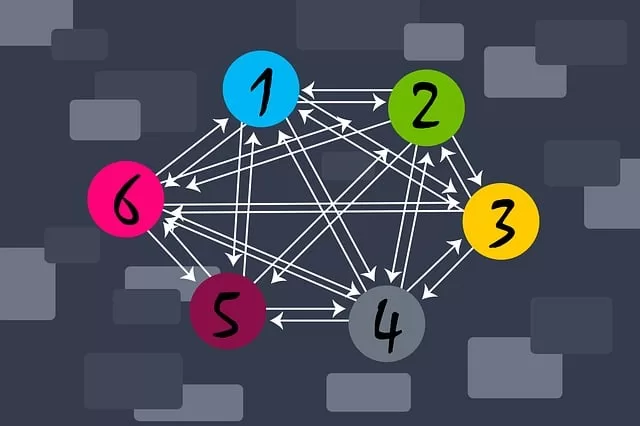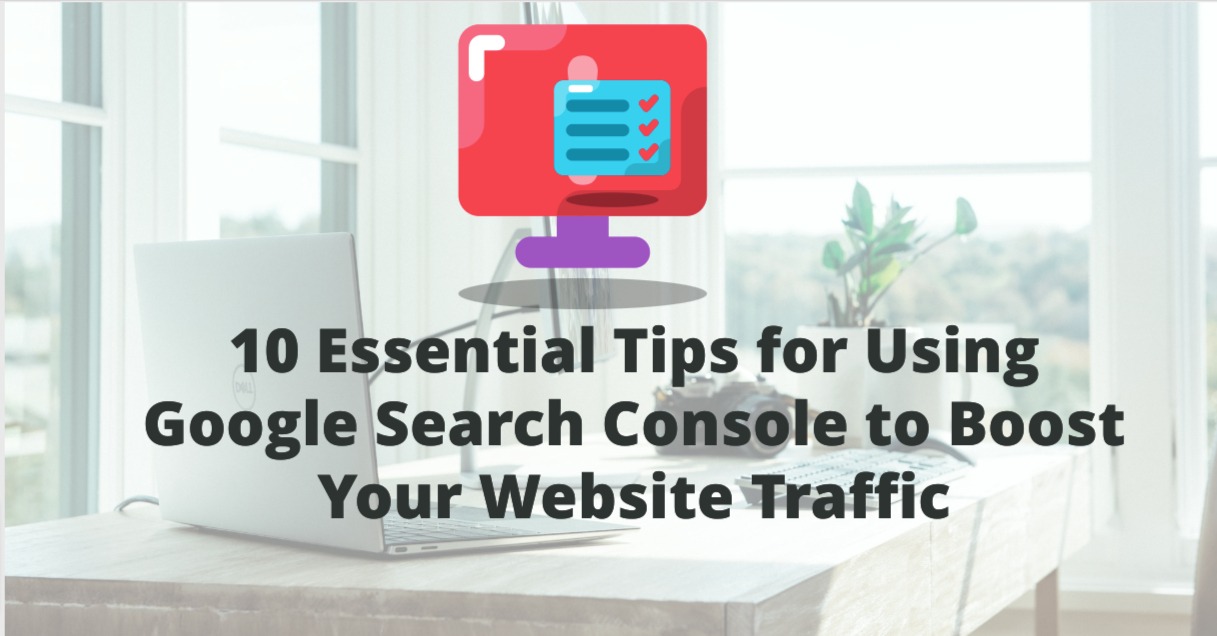
Internal Linking: A Powerful SEO Strategy
Contents
There are a number of SEO (search engine optimization) techniques that may be used to increase a website’s visibility and search engine rating. One such tactic that is frequently disregarded yet can significantly affect the SEO performance of your website is internal linking. We’ll go into the world of internal linking in this post, examine its advantages, and give you a thorough tutorial on how to use it to improve your website’s search engine rankings.
Effective SEO tactics must be used in the fiercely competitive internet environment where millions of websites compete for users’ attention. When implemented properly, internal linking is a tactic that can greatly enhance both the user experience and search engine rankings of your website.
What Is Internal Linking?
The process of adding hyperlinks from one page of a website to another page on the same website is known as internal linking. These connections enable people to navigate your website, find relevant material, and give search engines a clear picture of the hierarchy and structure of your website.
Importance of Internal Linking

Internal linking is essential for improving the overall SEO performance of your website. Why it matters is as follows:
Enhancing the User Experience
Internal links let users navigate more easily by directing them to pertinent content. This improves user experience and motivates visitors to stay on your website longer as a result.
Crawling and Indexing in Search Engines
Internal links help search engine crawlers find and index the content of your website. You can aid search engines in comprehending how your material is organized by offering a sensible internal linking structure.
The advantages of internal linking
There are many benefits to including internal connections on your website. Here are several major advantages:
Improved SEO Results
By alerting search engines to the significance of particular pages, effective internal linking can improve your website’s search engine rankings.
decreases in bounce rates
By directing visitors to relevant material through internal links, you may decrease the likelihood that they will leave your website and thereby raise user engagement.
Higher Page Authority
Internal links can spread authority (also known as “link juice”) throughout your website, enhancing the legitimacy and search engine optimization potential of various sites.
The Best Way to Use Internal Links
Internal link implementation demands a deliberate approach. Here’s how you can accomplish it successfully:
Utilize Detailed Anchor Text
A hyperlink’s visible and clickable content is known as anchor text. Use anchor text that is evocative and pertinent and that gives background information about the connected page’s content.
Put relevance first
Make sure your internal links join relevant pages. In addition to assisting users, this informs search engines that the linked information is pertinent.
Analyzing the Effect
Consider the following when evaluating the success of your internal linking strategy:
Investigate Bounce Rates
A decline in bounce rates shows that users are using your internal links to visit other pages on your website.
track search engine results
Track the rankings of the pages you’ve internal linked to using SEO tools. Their search engine rankings ought to get better over time.
Look at User Behavior
Determine which internal links are most successful in retaining visitors to your website by analysing user behavior data.

